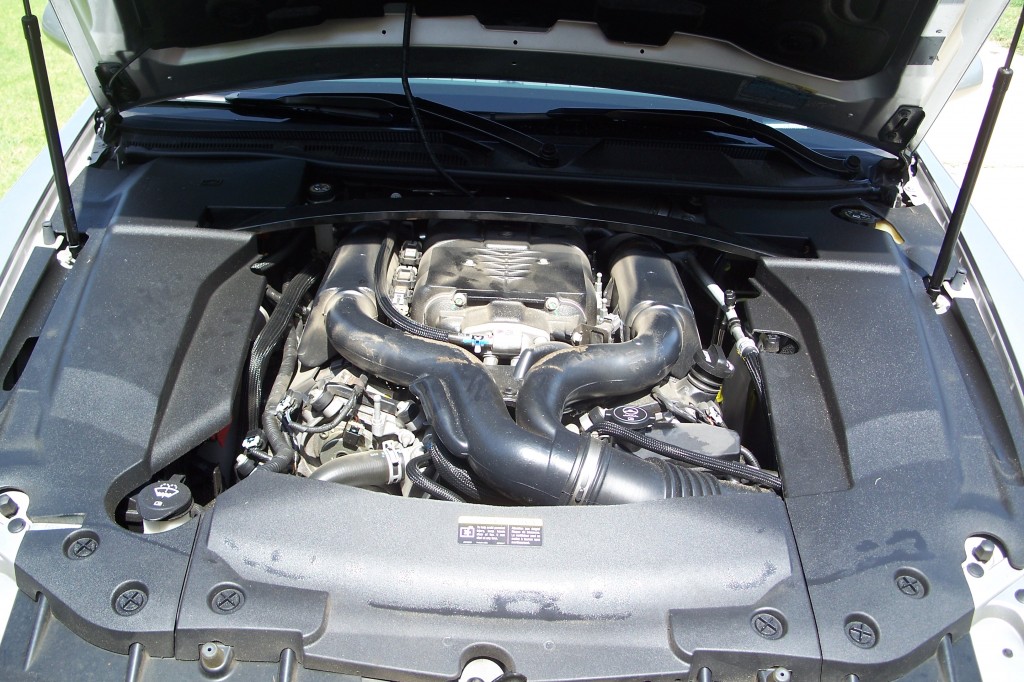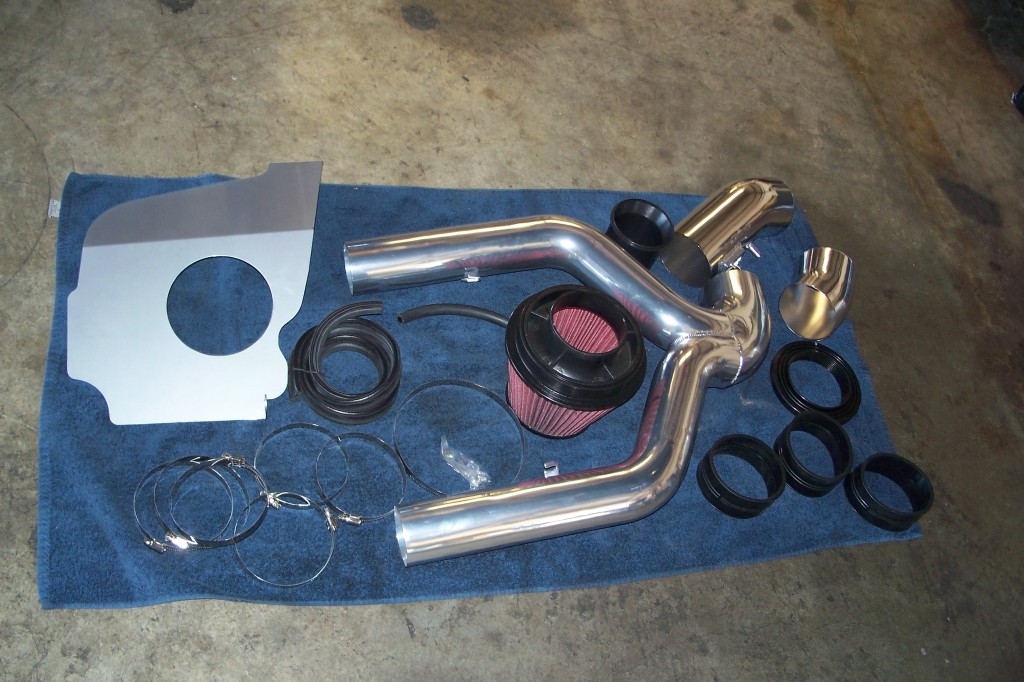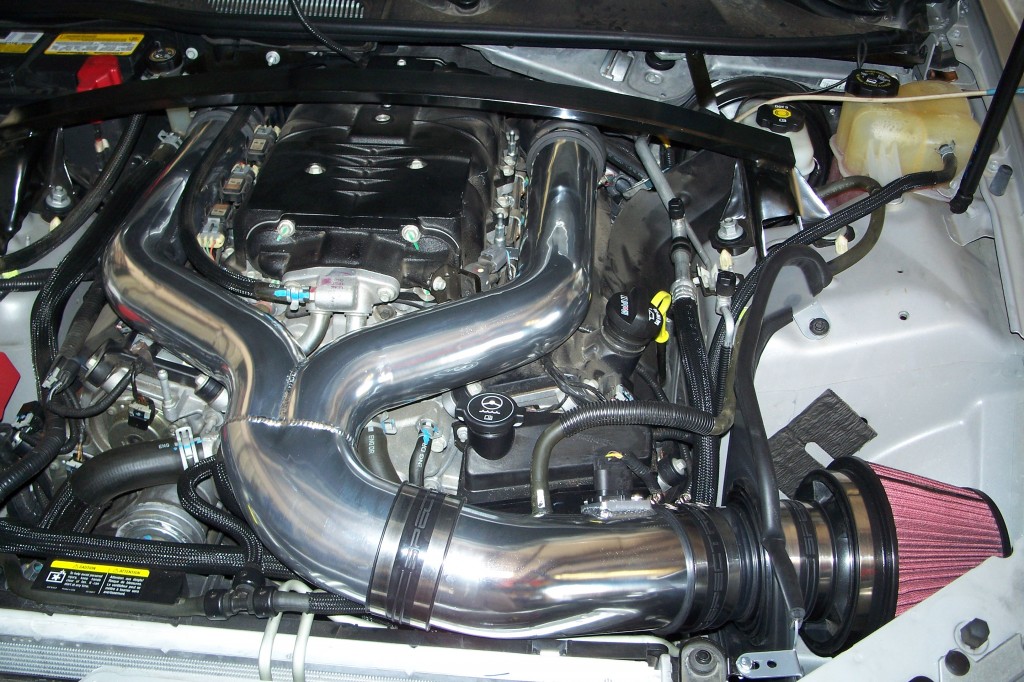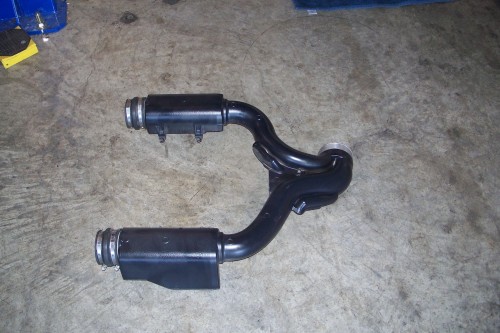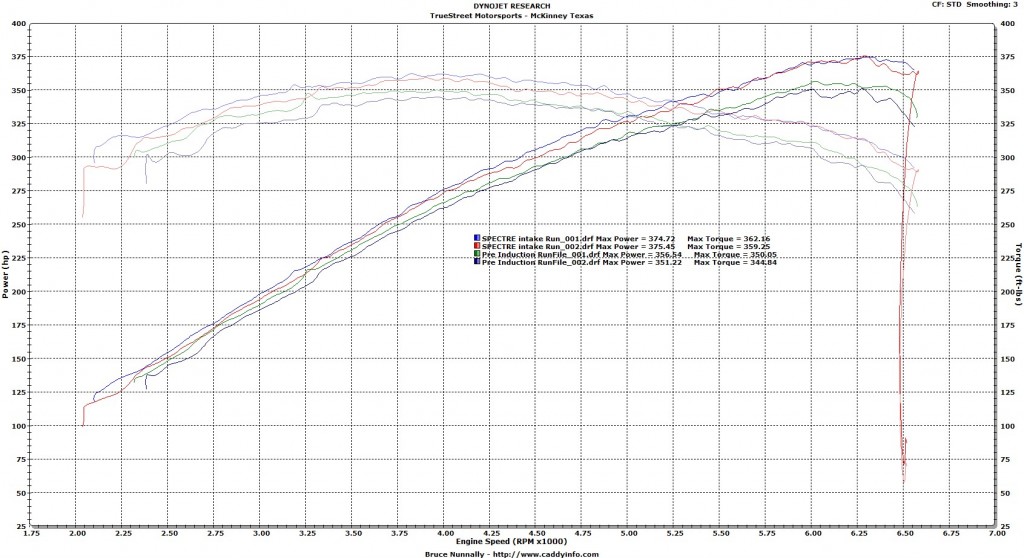
Although the HP Tuners scanner does a terrific job of showing both numeric and graphic data, it is helpful to compare results from different scans outside the tool.
The scanner allows export of the scan data in .csv, or comma delimited text format. This data file can then be imported to Microsoft Excel, and graphed. In this case, I exported from two different scan files, then added each as a worksheet within a single Excel workbook, added a calculated field, then graphed the two data sets together as x/y scatter graphs. It is helpful to use the ‘export visual’ option within HP Tuners to limit the data exported to the single WOT run in each case, or close to it.
HP Tuners did not export the calculated horsepower. I added a column to the data calculating HP = Torque x 5252 / RPM.
The chart above shows (blue and green) my current tune 3c2 scan for a single WOT run versus the stock tune on a different day single WOT run. This type comparison is inexact due to differences in variables (day, weather conditions, road used) but is helpful as a way to measure overall impact and to look for problem areas.
The data is uncorrected, and unsmoothed. Often dyno results will be corrected to STD or to SAE 1349, which help to match weather conditions. Smoothing also helps eliminate single peak max values. In this case the weather conditions were similar, and we are looking for trend comparison not peak comparison, but would be possible to make the same corrections and smoothing on the data within the data table prior to graphing.
The Blue torque after line compares to the red torque before line, and the green hp after line compares to the orange hp before line.
As expected, what I conclude is that the current tune is better across the board as compared with the stock tune


